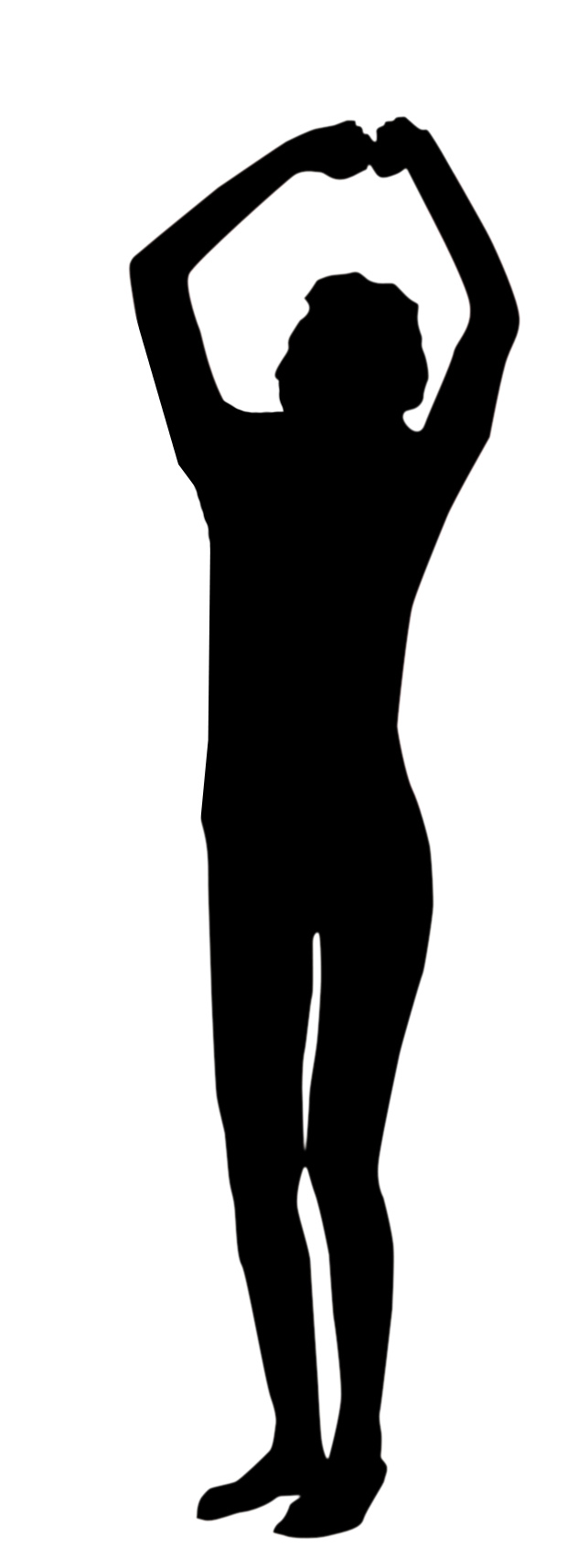 As an avid walker, one of the things that I like best is to stretch after a long walk. I see it as a treat. It’s a way to tell my body that the tough stuff is over and I can relax.
As an avid walker, one of the things that I like best is to stretch after a long walk. I see it as a treat. It’s a way to tell my body that the tough stuff is over and I can relax.
However, there is so much misinformation about stretching that some people drop it altogether. One friend thought that having a hot shower was one way to “warm up” her muscles. She felt confused by the contradicting information about the length of time to hold a stretch.
A “warm up” is something you do before your stretching program. Always warm up with a gentle, rhythmic exercise such as walking or riding a stationary bike for five to 10 minutes. A shower (hot or cold) is not considered warming up.
A “cool down” is something you do after your exercise program. This involves slowing down your heart rate to return to “normal” and may include stretches.
A proper program would include: 1) warm up with slow rhythmic movements, 2) stretch, 3) exercise program, 4) cool down with slow rhythmic movements and, 5) stretch.
For best results, hold each stretch for 20-30 seconds. Beyond one minute you are doing no more good, and shorter than 20 seconds does not give the muscle time to relax.
If you’re looking for tangible improvements, try these stretch tests (taken from Fit for Faith) every six weeks.
Back flexibility
What is it: This tests the degree of flexibility of the rear thighs and lower back.
Calculate it: Sit and bend forward from the waist and reach for your feet.
Ideal range: Touch feet with no discomfort in the back of your thighs or low back.
Improve it: Perform toe touch stretches from standing and sitting positions.
Hip Flexibility
What is it: This tests the degree of flexibility of the hip and back.
Calculate it: Lie on your back and hug one knee to your chest. Keep the other leg straight.
Ideal range: You can easily be able to hug your bent knee to your chest.
Improve it: Perform top and front hip stretches to improve and maintain flexibility.
Shoulder Flexibility
What is it: This tests the degree of flexibility of the shoulder.
Calculate it: Reach your right arm straight up in the air. Then bend your elbow so your hand reaches back down the center of your back. Reach your left hand across your back up toward your right shoulder blade. Try to clasp your hands together.
Ideal range: You can clasp your hands together behind your back.
Improve it: Perform upper body stretches specifically for the back and shoulders.
When you are stretching regularly you will notice improvements within six weeks.
Blessings on the road to health!
 |
Kimberley Payne, a former Personal Trainer who lives in Ontario, combines Christian commitment with ten years experience in the health and wellness arena. Visit her Website www.kimberleypayne.com and you can connect on Twitter @fitforfaith. |

